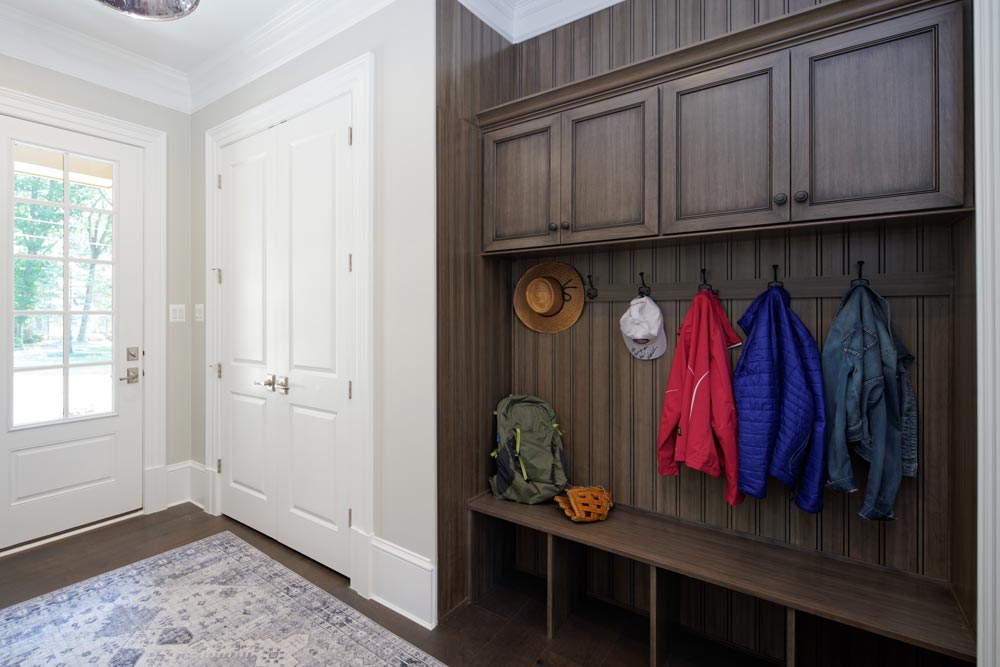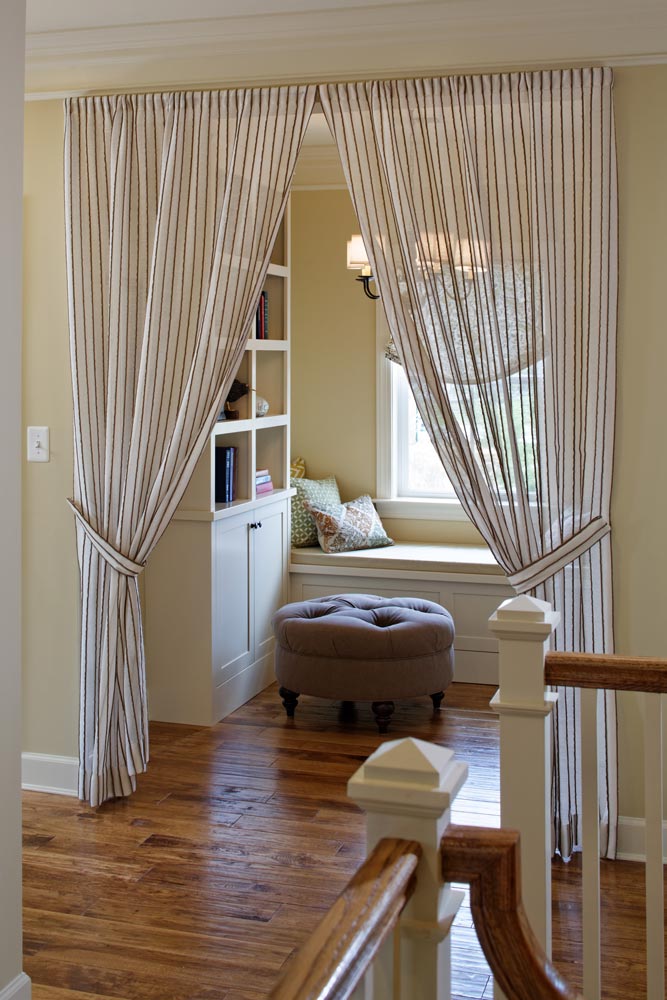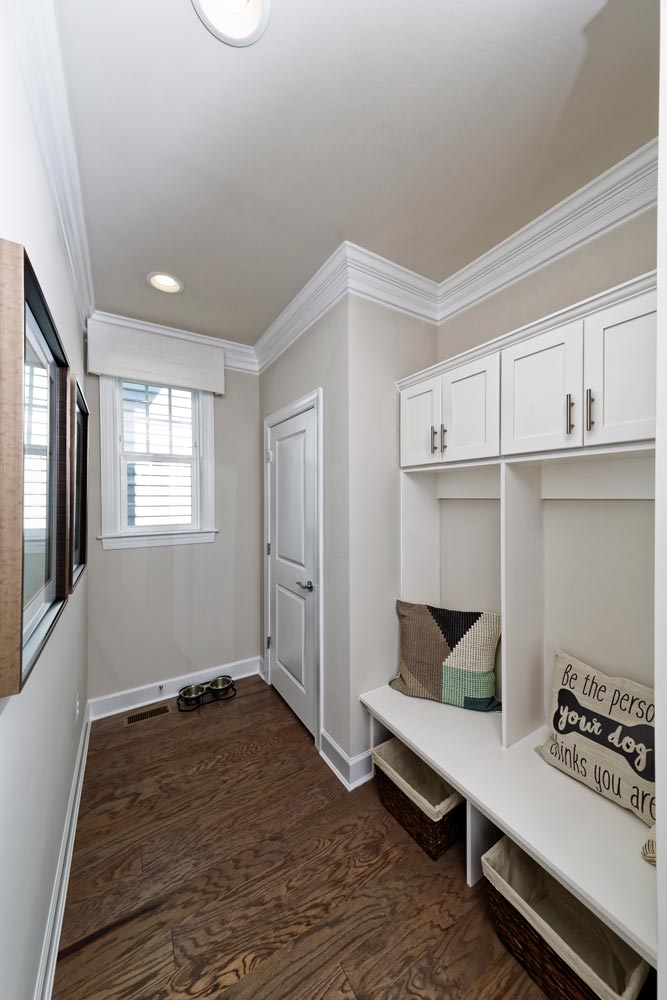May 10, 2021
For decades, homes were designed around functions — the kitchen, bedroom, laundry room, etc. But modern lifestyles prompted home design to feature more flexibility and adaptability long before COVID-19 turned kitchen tables into offices and classrooms. As we look forward to returning to the spaces we visited in pre-pandemic life, we think people will continue to want multifunctional living spaces that easily transform with their changing lifestyles.
Today’s homebuyer is less interested in formal areas, such as dining rooms and living rooms that are rarely used. Instead, people want multifunctional spaces. This involves more than setting up a treadmill or Peloton in one corner of the bedroom or den. It requires thoughtful planning for how spaces can be used for dual purposes.

Creating Adaptable Rooms
Key elements that enable multifunctional use are storage space and adaptable furniture. For a kitchen that doubles as an office space, it’s important to be able to close up when the day’s work is done. You might want to add hidden storage options to keep inevitable clutter out of sight when off work. For example, attractive cabinets with glass fronts for displaying china on upper shelves can have solid fronts on lower tiers to hide home office paraphernalia.
Many homes will have dedicated office spaces or spare rooms that serve dual purposes. Other areas that can be designed to incorporate flexible, convertible workspaces include closets, attics, lofts, niches and the space under staircases. Each of these options can fit storage space and be closed off when entertaining. Shut the doors, and no one will even know what’s hidden there.
Conversely, in a spacious kitchen, you might find a niche that could be converted into a compact office or schoolroom. You might not want to work in a highly trafficked kitchen, but this type of setup is great for supervising homework while making dinner long after the pandemic is over.


Incorporating Flexible Furnishings
Transforming your den or non-formal living room into a multifunctional living area is easier than you think with multipurpose furniture. There are coffee tables that incorporate hidden desks or workstations as well as built-in drawers or shelving. These offer convenience and a clever use of space. The same is true for ottomans that provide storage space.
Flexible furniture used to mean futons, daybeds or Murphy beds. Today, however, there are interior design hacks for every room that save space and provide more flexibility in your home.
Double Purpose Spaces
One multifunctional trend is adapting a laundry room or mudroom for dogs. Sink areas in laundry rooms are being reconfigured as pet-washing stations that can also be used to wash muddy shoes and rinse out laundry. Storage space for laundry supplies can also be used for pet supplies.
Mudrooms are serving dual purposes too. Storage for sports equipment, beach towels and everyday belongings, and other purposes make this a key spot for everyone in the house to grab things as they walk out the door and put them away as they come in.
Meeting Your Needs
Customizing a home’s design to meet your living space needs now and in the future is important. Mitchell & Best Next Door has built customized luxury homes in the Baltimore-Washington area for over 45 years now. We take great pride in the reputation we have earned by delivering high-quality homes to generations of satisfied customers.
Contact us today and find out more.